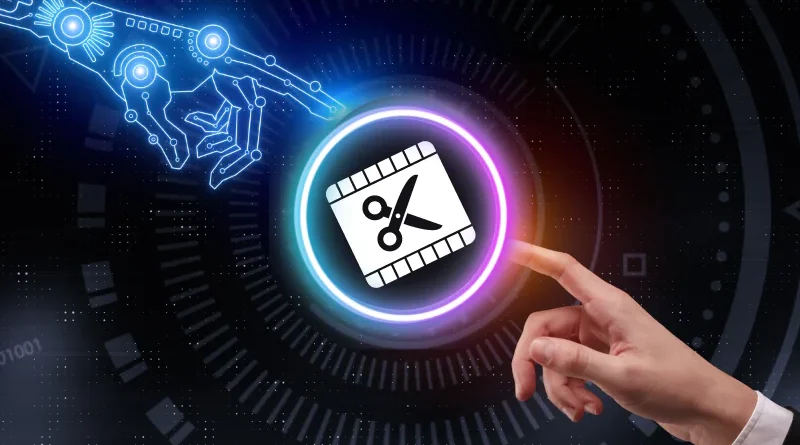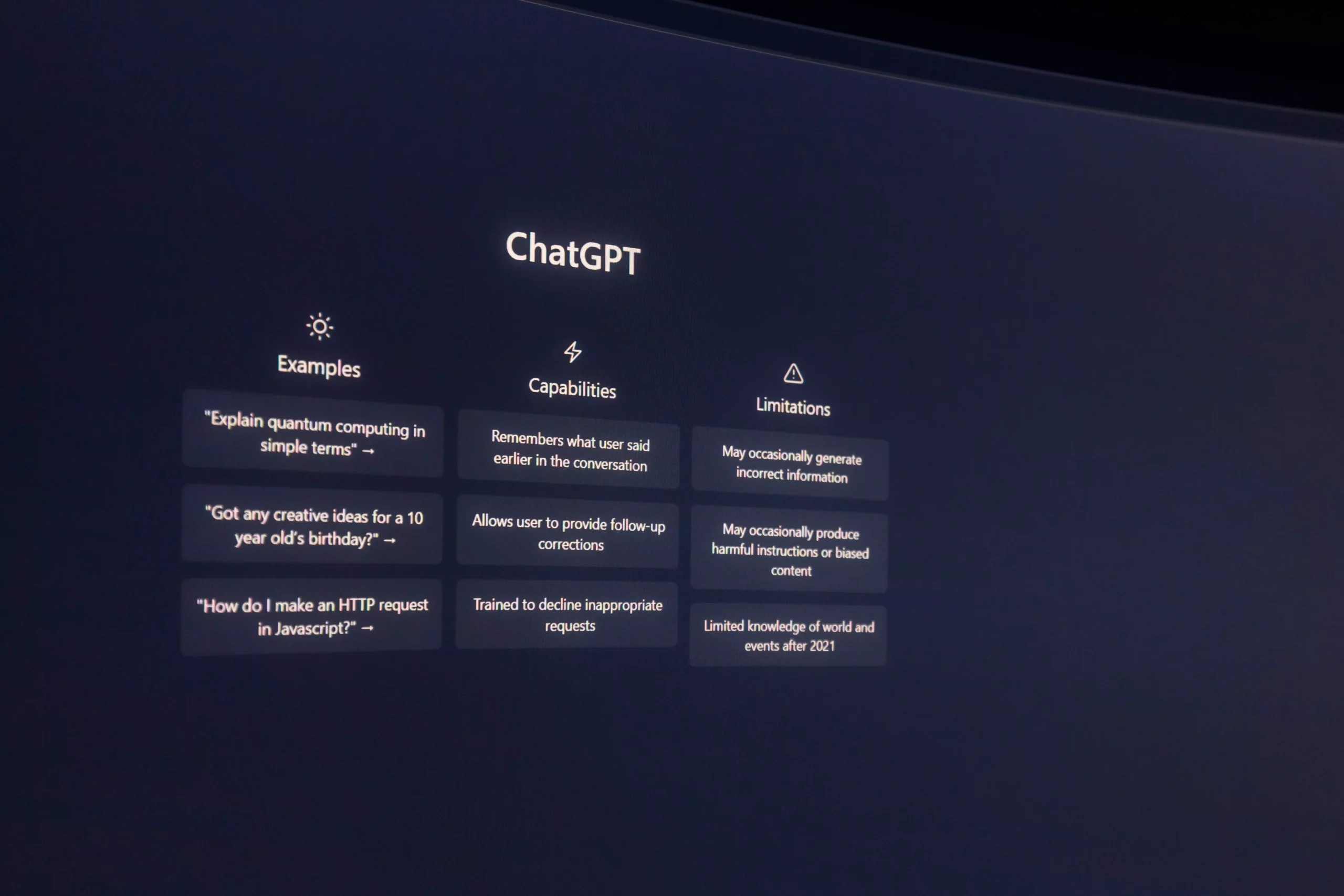The In-Depth Exploration of AI Video Editing Tools
Introduction

AI video editing is no exception, with AI-powered video editing tools becoming instrumental in reshaping the landscape of content creation. In this comprehensive article, we delve into the intricate details of AI video editing tools, exploring their evolution, key features, benefits, challenges, and the profound impact they have on the filmmaking process.
Also read: Revolutionizing Image Editing with AI
Evolution of AI Video Editing Tools:
The inception of editing tools marks a significant departure from traditional editing methods. The evolution of these tools can be traced through various technological advancements:
1. Early Automation:
The early stages of AI video editing were marked by basic automation features. Tools could perform tasks like scene detection, basic transitions, and color correction, reducing the manual effort required in the editing process.
2. Machine Learning Integration:
As machine learning algorithms gained prominence, AI video editing tools started incorporating these capabilities. This allowed for smarter analysis of video content, enabling tools to recognize and categorize elements within the footage, such as faces, objects, and scenes.
3. Deep Learning and Neural Networks:
The advent of deep learning and neural networks propelled AI video editing tools to a new level of sophistication. These technologies enabled tools to understand context, generate more accurate editing suggestions, and adapt to user preferences over time.
4. Real-Time Processing:
The latest advancements focus on real-time processing, allowing AI video editing tools to operate seamlessly during the editing phase. This ensures a more dynamic and interactive experience for content creators.
Key Features of AI Video Editing Tools:
![]()
1. Automated Editing Processes:
AI video editing tools excel in automating repetitive and time-consuming editing tasks. From cutting and splicing footage to adjusting transitions and optimizing audio levels, these tools streamline the editing workflow, allowing creators to focus on more creative aspects.
2. Content Analysis and Recognition:
Leveraging computer vision, AI video editing tools can analyze video content to identify key elements. This includes recognizing faces, objects, and scenes, enabling the tools to provide intelligent editing suggestions based on the content’s context.
3. Style Transfer and Enhancement:
Some AI video editing tools offer style transfer capabilities, allowing creators to apply predefined visual styles or emulate the characteristics of famous cinematographers. This feature enhances the overall aesthetics of the video and contributes to a more polished final product.
4. Efficient Rendering Algorithms:
AI-powered rendering algorithms optimize the export process, significantly reducing the time it takes to generate the final video. This efficiency is crucial for creators working on tight deadlines or producing content for time-sensitive events.
Benefits of AI Video Editing Tools:
1. Time Efficiency:
One of the most notable advantages of AI video editing tools is their ability to expedite the editing process. By automating mundane tasks, creators can produce content more efficiently, resulting in quicker turnaround times and increased productivity.
2. Consistency in Editing Styles:
AI algorithms ensure consistency in editing by applying predefined styles and maintaining a cohesive visual narrative. This consistency contributes to the overall quality of the content, providing viewers with a seamless and engaging experience.
3. Cost-Effectiveness:
Traditional video editing often requires hiring skilled professionals, incurring costs that may be prohibitive for smaller projects. AI video editing tools provide a cost-effective alternative, allowing creators to achieve polished results without significant financial investment.
4. Enhanced Creativity:
By automating routine editing tasks, AI video editing tools empower creators to focus on more creative aspects of their work. This encourages experimentation and innovation, pushing the boundaries of what is achievable in visual storytelling.
Challenges and Considerations:

While AI video editing tools offer numerous benefits, it’s essential to acknowledge and address the challenges associated with their implementation:
1. Learning Curve:
Despite user-friendly interfaces, there can be a learning curve for creators unfamiliar with AI video editing tools. Training and education are crucial to ensure users can maximize the potential of these tools.
2. Overreliance on Automation:
Overreliance on AI automation may lead to a lack of human touch in the editing process. Striking the right balance between automation and manual intervention is key to maintaining creativity and a personalized touch.
3. Ethical Considerations:
AI video editing tools often involve the use of facial recognition and other technologies that raise ethical concerns. Clear guidelines and regulations must be established to address privacy issues and potential misuse of these tools.
4. Computational Resources:
Some advanced AI video editing tools may require substantial computational resources. This could pose challenges for users with less powerful hardware, limiting accessibility for certain creators.
Wanna create an AI video? visit this site: Invideo. in
Future Trends and Developments:
The future of AI video editing holds exciting possibilities, with several trends and developments on the horizon:
1. Advanced Learning Capabilities:
AI video editing tools are expected to evolve with enhanced learning capabilities. They will become more adept at understanding user preferences, adapting to individual editing styles, and continuously improving based on user interactions.
2. Real-Time Collaboration:
Collaborative editing in real-time, facilitated by AI, may become more prevalent. This would enable multiple creators to work on a project simultaneously, irrespective of their physical locations.
3. Customization and Personalization:
AI algorithms may evolve to offer highly personalized editing suggestions based on individual creator preferences and the specific demands of the content being produced.
4. Integration with Augmented Reality (AR) and Virtual Reality (VR):
The integration of AI video editing tools with AR and VR technologies could open new avenues for immersive storytelling experiences. This convergence may redefine the way audiences engage with visual content.
Conclusion:
AI video editing technologies are changing filmmaking and content creation. From simple automation to deep learning and real-time processing, these tools have increased video editing efficiency, accessibility, and creativity.
AI video editing solutions are fast, affordable, and creative, making them vital for pros and aspiring creators. You must overcome the learning curve, ethical issues, and computing needs to maximize these technologies.




